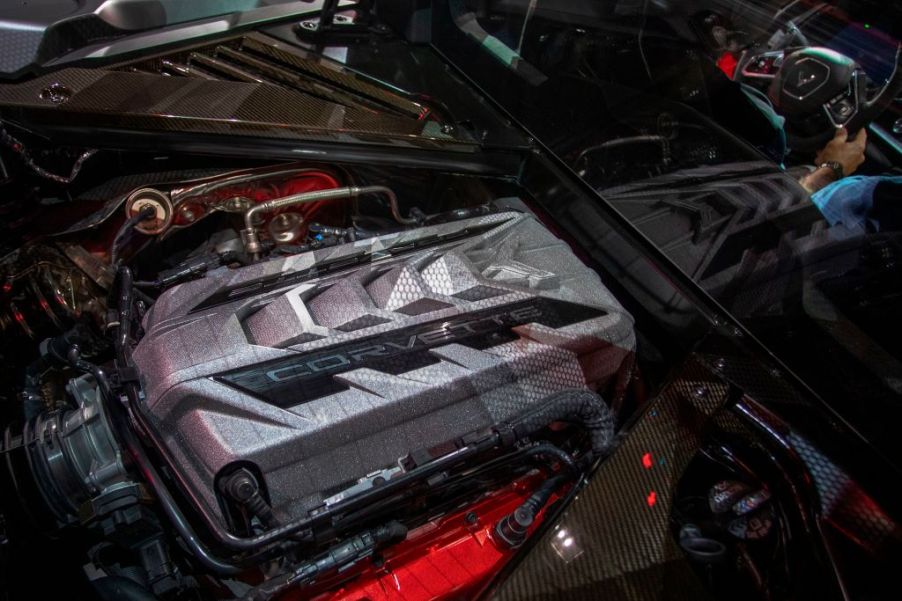
Your Cars Reported Horsepower Isn’t What You’re Actually Getting
You’ve probably been told a single number of how much horsepower your car has. Whether you got it from a quick Google search, a dealership sales team, or even just your friend, there are different ways of reporting horsepower, and it isn’t something that always remains consistent over a car’s entire life. Power loss and proper maintenance are two major factors that could be impacting your car’s overall horsepower, and you probably don’t know what your car’s horsepower actually is.
In fact, if you’re driving an older car, you’re probably already down at least a small percentage of the original horsepower, and the numbers that you do see reported isn’t exactly perfect either. The amount of horsepower most people reference refers to crank horsepower, but that doesn’t account for how much horsepower is lost along the entire drivetrain before power is delivered to the wheels.
Crank versus wheel horsepower
The differences between crank horsepower and wheel horsepower are simple, but many people don’t know that there is a difference to begin with. That is because we are so used to the single number reported by car manufacturers – which is usually the crank horsepower.

Crank horsepower is always going to be greater than wheel horsepower. It is measured as the torque output produced by the engine along with rotational speed, while the wheel horsepower is a measurement of inertia.
Another major difference is where crank horsepower is measured, typically before the transmission and driveshaft where some amount of power is lost. This means the crank horsepower does not take into account how much of that horsepower does not actually make it to the wheels. This happens because power is lost along the drivetrain. This is why wheel horsepower is always the smaller of the two numbers.
Horsepower lost
Reported horsepower is usually referencing the amount of power the engine produces and successfully delivers to the crank. That means it is measured before that power has traveled through the transmission and to the car wheels. That is the highest amount of horsepower because it is measured before there is a percentage of horsepower lost. It is not incorrect to report this number, however, it doesn’t give you an accurate idea of how much horsepower your car is really delivering to the wheels.

Your car’s overall horsepower is also affected by age and mileage, and the average percentage lost varies by manufacturer, age, and mileage. As cars are driven the mechanical components begin to slowly wear, and the engine can have a build-up of residues and carbon from the combustion process. Proper cleaning and maintenance of an engine can, and will, minimize loss due to higher mileage.
Different cars have different amounts of horsepower that is lost along the drivetrain, so while the reported horsepower of two cars might be identical, that doesn’t mean they will have the same horsepower to the wheels. There is a considerable amount more physics and engineering that goes into what makes any car ‘faster’ than another, and the horsepower produced by the engine isn’t the only factor.


